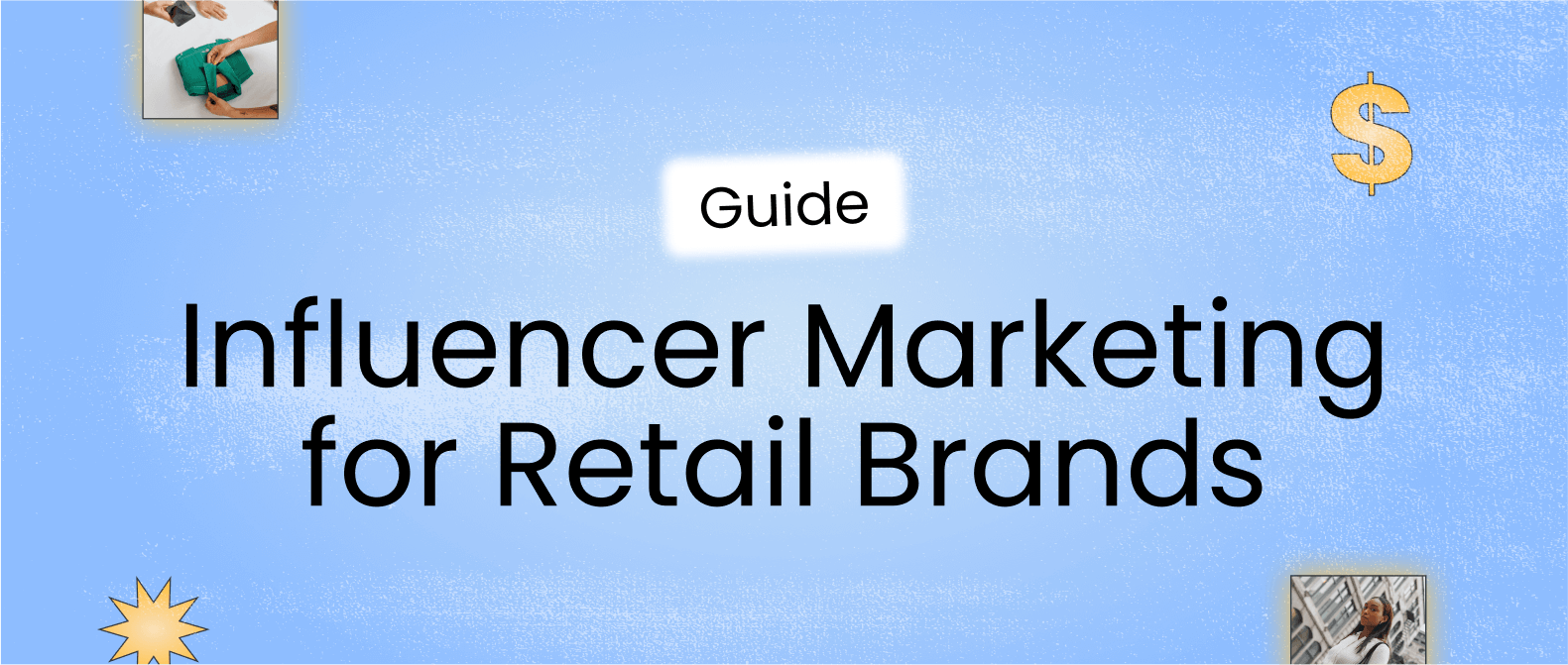Guide
The Ultimate Guide to Influencer Marketing for Retail

Enter your details to download!
How to Use Later’s Influencer Marketing Guide for Retail
Learn how to leverage influencer marketing for retail brands
Find out how to utilize social media platforms best suited for retail campaigns
Discover influencer personas that align with your industry
Get inspired with content strategy ideas
Steal an inside look at influencer marketing trends and opportunities
Ready to use influencer marketing for retail brands? Download our influencer marketing guide — for free.
Connect With the Top Influencers for Your Retail Brand
Finding influencers for your retail influencer marketing campaign can be tough.
Luckily, Mavrck’s all-in-one influencer marketing platform has a robust influencer index to help brands find their next influencer partner.
Book a demo to see Mavrck’s influencer index in action.
Created by Pros

Later Team
Later's team of social media experts have a wealth of experience in creating content for various channels, partnering with creators, and developing social strategies for brands around the world. From YouTube to Instagram; blog posts to newsletters; courses to reports, Later has got you covered with the latest social media trends, tips, and resources to help your brand grow.
Share
Get Your Free Ultimate Guide to Influencer Marketing for Retail
Learn how to leverage influencer marketing for retail brands.
Your Ultimate Guide to Influencer Marketing for Retail is on its way to your inbox!
Can't wait? Download it here now.
Grow your revenue with trusted influencers.
